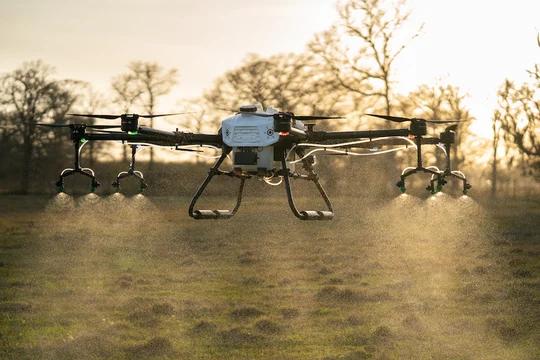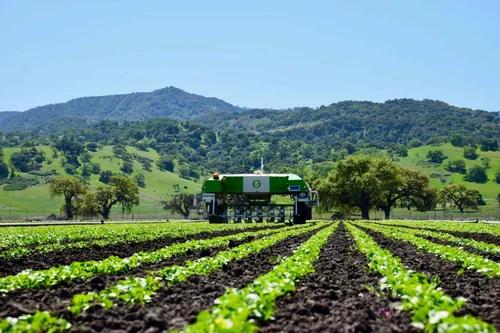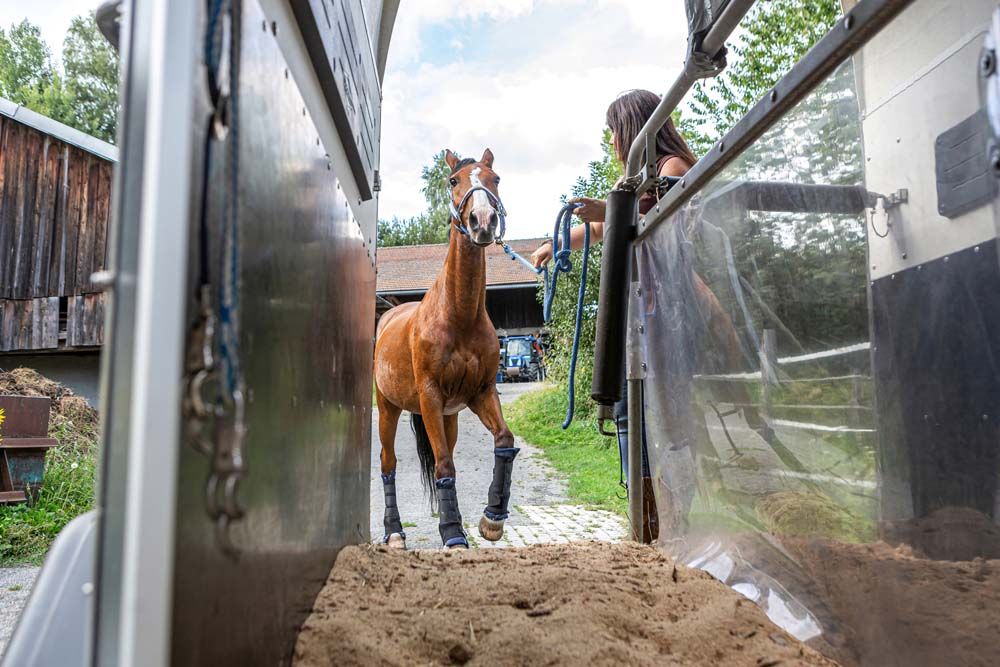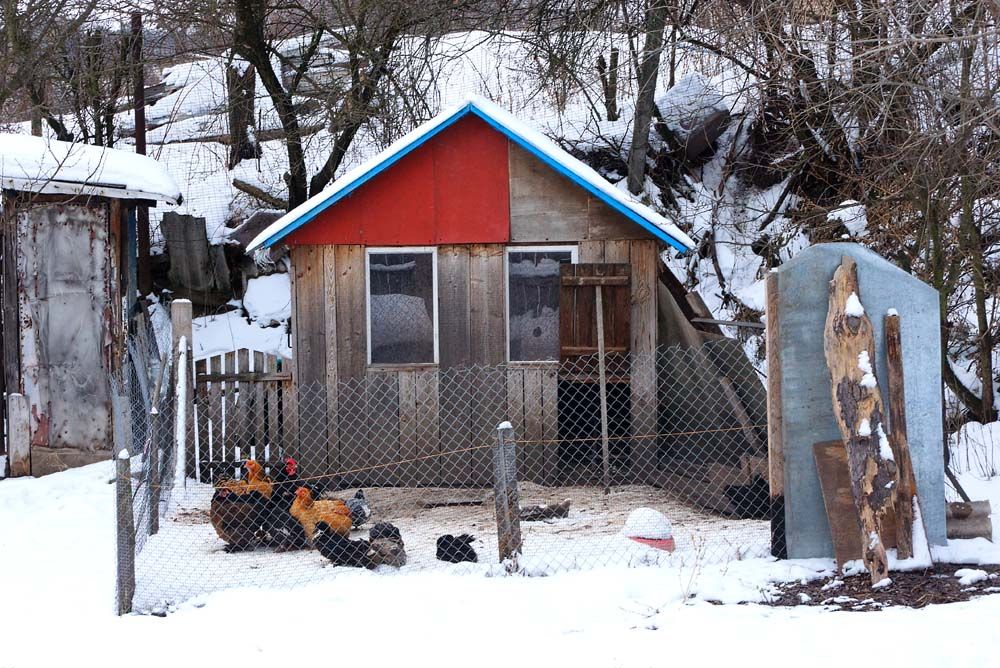Farming In The Future


Written By: Jonathan Reed, Editor
July 27, 2023
Will technology save the American farmer?
The future is already here, at least partly. Row-crop tractors have for years used GPS satellite and other technologies for “auto-steer” functions, and harvesting equipment already monitors crop yield practically down to the square foot level.
How much more advanced can it get? Here are some teasers: robotics and artificial intelligence (known as AI) are already here.
So, will the future of farming be glorious, or grim?
Let’s look at what some experts say is coming.
Autonomous tractors
There’s hardly a farmer who hasn’t said at some point, “I won’t care if I never sit in a tractor again,” but you’ll find them eager and ready to go the next season. What if they didn’t have to be?
In recent years, Europe has led the way, but major farm equipment companies like AGCO, Case, and Deere & Company have all recently invested in “smart” companies in the U.S. with experience in sensors and artificial intelligence.
The goal? Autonomous operation, meaning no drivers needed.
Equipment manufacturer John Deere, for example, has recently acquired an autonomous driving company to convert its existing equipment into fully autonomous tractors and harvesters. AGCO is working to cleverly bridge “automation”—meaning less operator involvement — with “autonomy,” or no operator involvement. Ditto CNH and its red Case and blue New Holland equipment.
At the Consumer Electronics Show in January, John Deere announced an autonomous 8R tractor for the U.S. market.

Already, there are autonomous grain carts plying farm fields, guided by aftermarket controllers. When a combine senses it is full, it automatically signals the grain cart to come alongside for loading, which then collects the load and heads to the field edge for later transport to the elevator.
Why is this important? It frees up workers to do other things besides wait for a combine operator to tell them “come and get it.”
In years to come, we might see “grain trains” of automated carts heading down country roads to the elevator, with not a human in sight.
Carbon and electrons
Many farms today are already powered (at least in part) by solar panels and wind-driven turbines. Similarly, your tractors, trucks and other equipment on the farm will be electrically-powered, not by diesel.
Already, Doosan Bobcat has just introduced a new all-electric track loader, the T7X, which does away with diesel and associated problems. More to come, no doubt, too.
At some point, rural folks might be called “carbon farmers”—if you grow anything green, you might be paid for the “carbon offset” it produces.
Pests won’t go away
Technology itself won’t eradicate pests. Aphids, boll weevil, thrips, lygus, whiteflies, mites, beetles—and many more diseases and soil pests—will still be with us. GMOs have done wonders to help make crops stronger, more nutritious, more profitable, and productive. But there are still times when you have to go out and kill the bug.
Instead of broadly spraying pesticides across an entire field, the Farm of Tomorrow will have sensors to identify and count the pests involved without even scouting. They will use DNA, smells, and even sounds to detect where and how many.
Currently, there are advanced sprayers that turn individual nozzles off and on as needed, depending on what aerial scouting maps out from the fields.
In the future, destructive pests might be controlled down to the individual plant level.
Taking to the air
Hylio is a Houston, Texas engineering firm that has been selling multi-rotor remotely-piloted unmanned aerial vehicles (UAVs, or drones) into agriculture for the past five years. The company has used its aerial application technology in Central America, and is looking toward prime-time success in the U.S.

Hylio builds its sprayer UAVs—today, mind you—with cameras providing real-time live streaming, forward- and rear-facing radars for automatic obstacle avoidance (like trees), and ability to talk with farm-field base stations to reach centimeter-level accuracy. Their UAVs can apply pesticides while the operator stands safely nearby.
But where to spray?
Not so long ago only large government organizations like the Department of Agriculture had access to sophisticated satellite imagery and data. It was expensive and wasn’t always timely, but it did give the farmer an overhead look at what was happening on the acres. Or had happened.
Today, a constellation of satellites provides commercially-available imagery and data, allowing farmers to see key events, including crop growth, nitrogen management, water usage, diseases, and crop yield. Farmers can see what is happening, in near real-time.
Ranchers aren’t left out, either. Satellites monitor water management, growth of grasses and forbs, and even biological activity— grazing livestock. And if the rancher doesn’t want to pay for satellite data or private pilots for flyover reports, small UAVs can do a flyover at a fraction of the cost.
In the future, other remote sensors will gather data on plant growth, weed pressure, insect or disease pressure, and automatically relay this information to the farmer or rancher, along with recommendations for treatment. Once a UAV like Hylio’s is loaded with the proper treatment, the operator will press “launch” and the drone will automatically navigate to the afflicted area, apply the product, and return for reloading if necessary.
Keeping it on the ground
The current labor shortage is all around us, but nowhere is it more acute than in agriculture. We rely on farm workers to deal with tasks like weeding and harvest in high value crops. Eventually, though, there will be mechanical help.
French company Naio Technologies has developed automatic robots to handle chores that eat up a farm operator’s time.

“Oz” is described as a “farming assistant” for time-consuming tasks like hoeing, weeding, making furrows, even seeding, on a small scale. “Dino” is an automatic weeding machine for large scale vegetable crops like lettuce and others. And “Ted” is a weeding robot for high-value grapes and vineyards.

Having robots do time-consuming weeding makes it possible for organic farming controls, even when humans aren’t available to do these tasks.
Four-legged furry farm friends
Technology won’t be limited to green things, as Dutch dairy equipment company Lely has demonstrated. To call the Lely Astronaut an automated milking machine is like saying the Grand Canyon has a nice view. Among other things, here’s what it does:

- Identifies an individual cow by her collar
- Lets her decide when she would like to be milked
- Provides optimum feed while being milked according to lactation stage and other inputs
- Automatically cleans the udder and teats
- Attaches teat cups automatically, and re-attaches should she kick it out
- Milk flow from each teat is automatically measured and evaluated
- The udder is cleaned and sanitized when finished, to allow the next cow to be milked
The Astronaut was introduced in 2018, and the company says s more advancements in automation and robotics are coming.
The coming robot wars?
While it’s unlikely robots will be running things, it’s clear that farmers will need to produce more with less hands-on time and fewer workers. Technology helps.
The best way to predict the future is to invent it.
—Theodore Hook, 18th Century author
Get a look at some of the farming robots already on fields, and what the future might look like: https://www.agricultural-robotics.com/category/robots
Tags:Features

Acreage Life is part of the Catalyst Communications Network publication family.













